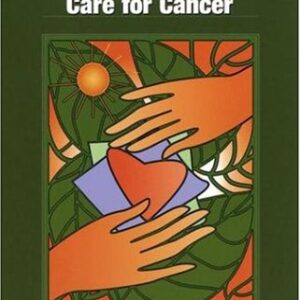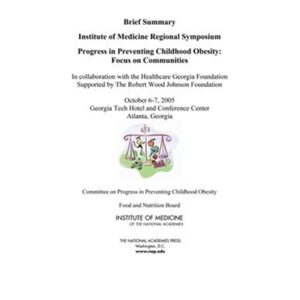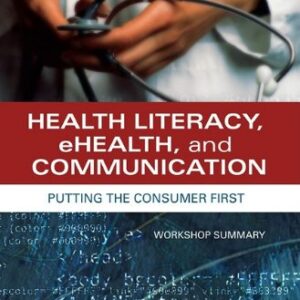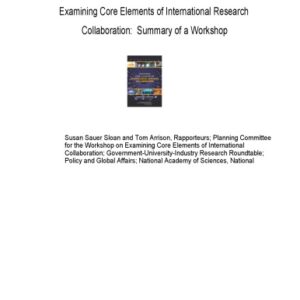To effectively treat patients diagnosed with drug-resistant (DR) tuberculosis (TB) and protect the population from further transmission of this infectious disease, an uninterrupted supply of quality-assured (QA), second-line anti-TB drugs (SLDs) is necessary. Patients diagnosed with multidrug-resistant tuberculosis (MDR TB)?a disease caused by strains of Mycobacterium tuberculosis (M.tb.) resistant to two primary TB drugs (isoniazid and rifampicin)?face lengthy treatment regimens of 2 years or more with daily, directly observed treatment (DOT) with SLDs that are less potent, more toxic, and more expensive than those used to treat drug-susceptible TB. From 2000 to 2009, only 0.2-0.5 percent of the estimated 5 million MDR TB cases globally were treated with drugs of known quality and in programs capable of delivering appropriate care (Keshavjee, 2012). The vast majority of MDR TB patients either died from lack of treatment or contributed to the spread of MDR TB in their communities. A strengthened global supply chain for SLDs could save lives by consistently delivering high quality medicines to more of the people who need them.
This public workshop explored innovative solutions to the problem of how to get the right SLDs for MDR TB to people who critically need them. More specifically, the workshop examined current problems and potential opportunities for coordinated international efforts to ensure that a reliable and affordable supply of high-quality SLDs is available. Developing and Strengthening the Global Supply Chain for Second-Line Drugs for Multidrug-Resistant Tuberculosis: Workshop Summary covers the objectives of the workshop, which were to review:
-To what extent and in what ways current mechanisms are or are not effectively accomplishing what is needed, including consideration of bottlenecks.
-The advantages and disadvantages of centralization in the management of the global drug supply chain, and potential decentralized approaches to improve operations of the supply chain.
-What can be learned from case studies and examples from other diseases (e.g., the Affordable Medicines Facility-malaria (AMFm) and the U.S. President’s Emergency Plan for AIDS Relief [PEPFAR])
– The current allocation of responsibilities and roles of the private (including industry and nonprofit public health organizations) and public sectors, and examination of opportunities for enhancing and optimizing collaboration
-Identification of potential innovative solutions to the problem

![[PDF] Developing and Strengthening the Global Supply Chain for Second-Line Drugs for Multidrug-Resistant Tuberculosis: Workshop Summary Development, and Translation Forum on Drug Discovery, Board on Health Sciences Policy, Institute of Medicine, Anna Nicholson, Rebecca A. English, Rita S. Guenther, Anne B. Claiborne](https://pdfelite.com/wp-content/uploads/2024/04/e5e8678803651c99ee3d84c31e5fdd83-d.jpg)




Reviews
There are no reviews yet.